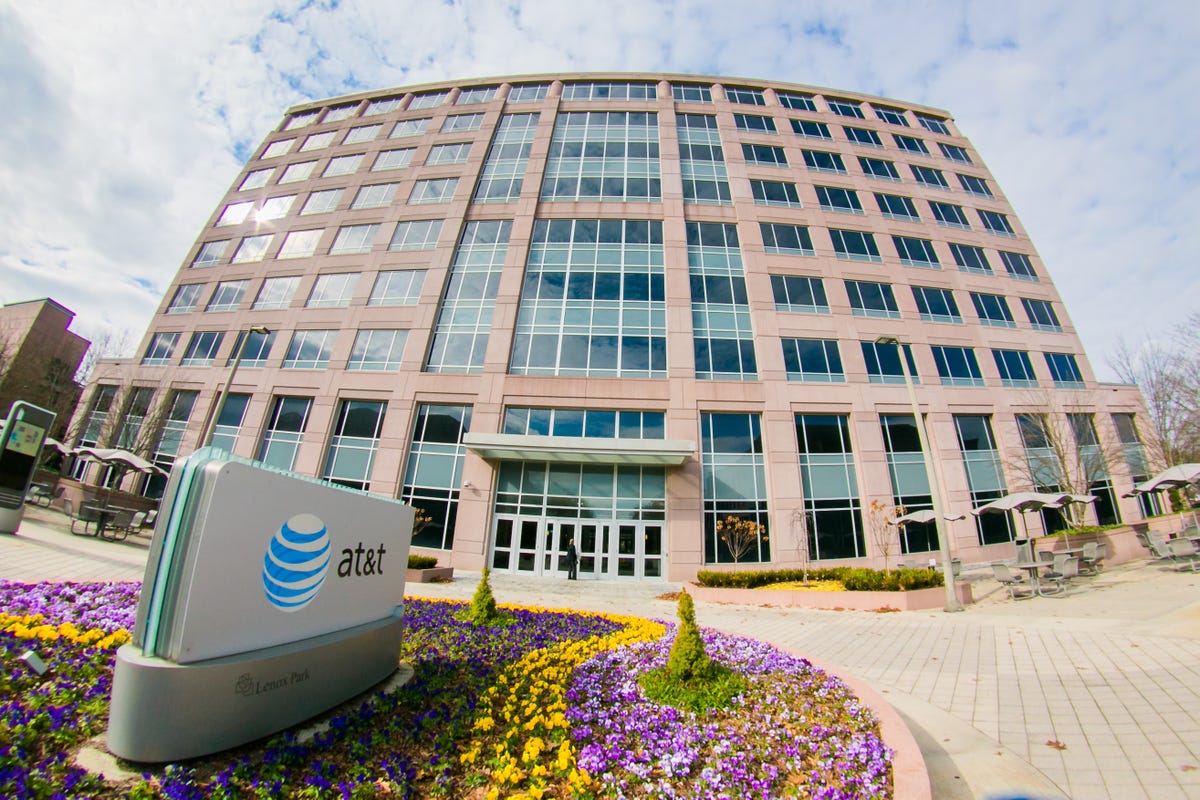
Sarah Tew
Looks like a lull in the price war between the US wireless carriers.
After a particularly cutthroat holiday period, the carriers are raising fees and paring back on promotional offers. “It seems to have stabilized,” AT&T Chief Financial Officer John Stephens said at an investor conference Wednesday.
“I feel whole lot better about the competitive environment,” Stephens said, echoing similar comments from Verizon Chief Financial Officer Fran Shammo the day before.
Stephens’ remarks come after the Dallas telecommunications giant said in a Securities and Exchange Commission filing on Tuesday that customer turnover rate, which spiked in the previous quarter, fell in the first quarter. The company also said it expects to add 400,000 net new postpaid subscribers — customers with higher credit scores who pay at the end of the month — in the current quarter ending this month.
Stephens’ comments suggest that the nation’s largest provider of wireline services may take a breather on the array of promotions it offered in the fourth quarter, specifically easing away from customers on the hunt for the lowest prices. The battle between carriers led to a variety of enticements, from doubling of available data to “rollover” programs allowing data to be carried over from month to month. Those promotions were a boon to consumers willing to look for the best deals.
Those deals may be disappearing. “We won’t chase customers net additions for the sake of another account,” said Stephens. “We’re going to be smart about it.”
AT&T is in the midst of transitioning its customers into mobile plans that offer a break on the monthly bill as long as they bring their own smartphone, buy a device outright or pay for it in monthly installments. Roughly 60 percent of AT&T’s smartphone customers have opted for the no-subsidy model, up from 30 percent a year ago. In contrast, the company continued to lose basic phone customers — the 400,000 net additions fell below Wall Street expectations, but AT&T is willing to sacrifice those customers as it focuses on profitability and adding smartphone users to its base.
The company warned that the adoption of the new plans and the ongoing integration of its prepaid Cricket service will cut into profitability in the first quarter, although it expects things to improve throughout 2015.
“This updated outlook will likely raise concerns about the ongoing wireless wars, and AT&T’s ability to deliver on their full-year guidance for revenue and (earnings per share) growth,” Morgan Stanley analyst Simon Flannery said in a research note.
Stephens said the company was sticking with its financial forecasts for the year.
AT&T, like wireless leader Verizon Wireless, is feeling the heat from the smaller carriers working aggressively to win new customers. Sprint has found new life under CEO Marcelo Claure, and has made a lot of noise about halving the rate plans of customers who switch from the big two carriers.
T-Mobile, which has been trumpeting its “Uncarrier” campaign over the past two years, is expected to make another splash at an event in New York on March 18.
Opportunities in video
AT&T hopes to augment its wireless service with video services it will gain from its pending acquisition of DirecTV, the nation’s largest satellite TV provider. AT&T plans to bundle its own broadband and wireless service with DirecTV, which Stephens described as unique in the industry.


That deal is expected to close in the first half of the year, said Stephens. AT&T now expects the cost of the merger to be lower than previously forecast, but declined to say by how much.
The merger will also give AT&T “a seat at the table,” with DirecTV turning AT&T into one of the largest customers for the content companies, Stephens said. Beyond the subscription video business, he said there’s an opportunity to deliver content to its smartphone, tablet and PC customers.
“We have over 100 million distribution points for a content seller to get excited about with an opportunity that only our company can provide,” he said.
On Net neutrality
While AT&T plans to invest in both its wired and wireless networks to take advantage of the video services, heightened regulations could cause AT&T to hit pause on future projects.
The Federal Communications Commission’s move to regulate broadband services under utility-style telephone rules could “stymie” investment and innovation on the Internet, Stephens said.


Stephen Shankland/CNET
Last month, the FCC voted to classify broadband under Title II of the 1934 Communications Act, essentially ensuring that all customers be served fairly and equally. Broadband providers fear that Title II gives the FCC the power to set rates, although FCC Chairman Tom Wheeler said his version of Title II takes a .
Stephens said he expects legal challenges to the new rules, dragging out the debate for years and creating an environment of uncertainty.
“In this environment where you don’t know what the rules are, you’re going to be hesitant to invest,” he said.



